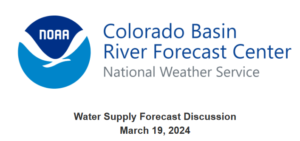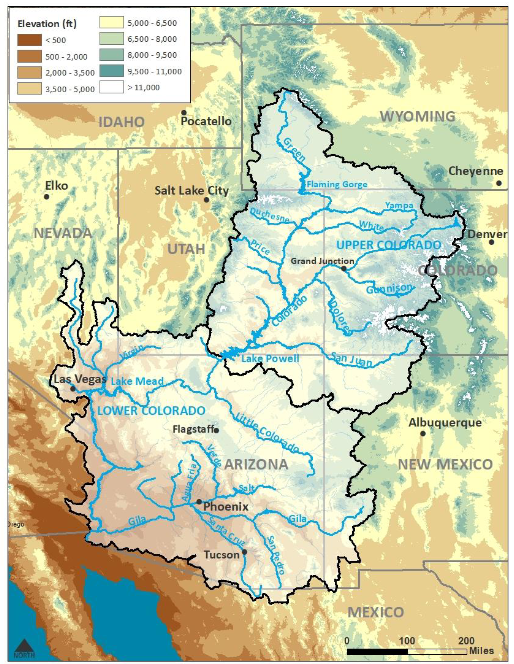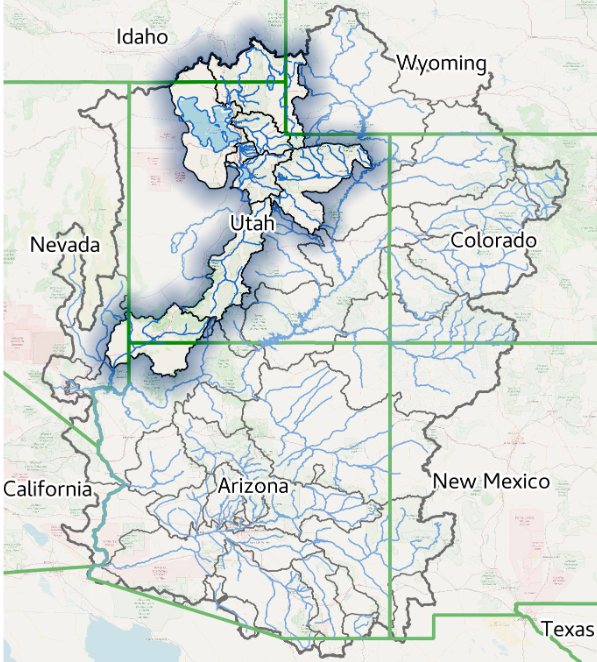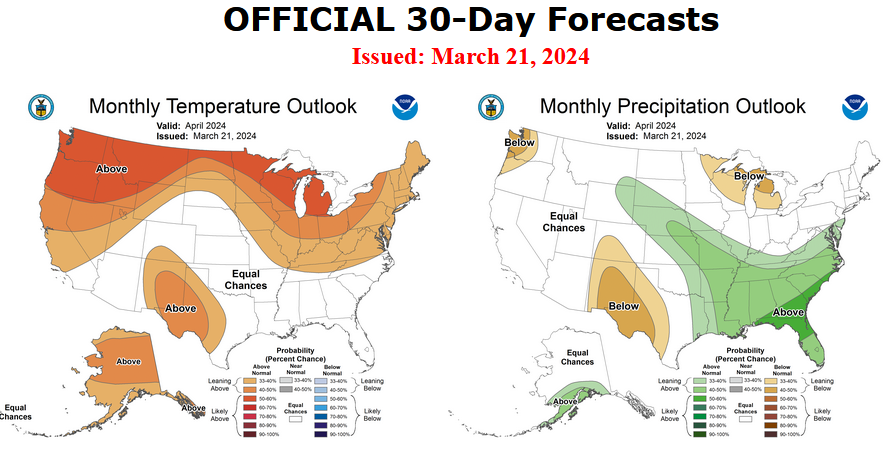Today Through the Fourth Friday (22 to 28 days) Weather Outlook for the U.S. and a Six-Day Forecast for the World: posted March 30, 2024
It is difficult to find a more comprehensive Weather Outlook anywhere else with the ability to get a local 10-day Forecast also.
This article focuses on what we are paying attention to in the next 48 to 72 hours. The article also includes weather maps for longer-term U.S. outlooks and a six-day World weather outlook which can be very useful for travelers.
First the NWS Short Range Forecast. The afternoon NWS text update can be found here but it is unlikely to have changed very much. The images in this article automatically update.
Short Range Forecast Discussion
NWS Weather Prediction Center College Park MD
Sat Mar 30 2024
Valid 12Z Sat Mar 30 2024 – 12Z Mon Apr 01 2024…Heavy snow over parts of the Sierra Nevada Mountains and the higher
elevations of Wyoming, Nevada, Colorado, Utah, and Arizona……Snow over parts of the Upper Great Lakes…
…There is a Sight Risk of excessive rainfall over parts of Southern
California on Saturday…An upper-level low will develop off the Central California Coast on
Saturday, moving inland to the Southwest by Monday. The circulation around
the low will stream moisture inland over parts of Southern California and
other parts of the West. Rain and higher-elevation snow will spread over
parts of California. The flow of moisture will create heavy rain over
parts of Southern California. Therefore, the WPC has issued a Slight Risk
(level 2/4) of excessive rainfall over parts of Southern California
through Sunday morning. The associated heavy rain will create mainly
localized areas of flash flooding, with urban areas, roads, small streams,
and burn scars the most vulnerable.In addition, the moisture will aid in creating heavy snow over the Sierra
Nevada Mountains and the higher elevations of Wyoming, Nevada, Colorado,
Utah, and Arizona through Monday.On Sunday, the threat of excessive rainfall decreases slightly to a
Moderate Risk over parts of Southern California and Arizona through Monday
morning. The associated heavy rain will create localized areas of flash
flooding, affecting areas that experience rapid runoff and burn scars.
Further, rain will continue over parts of Southeastern California and
Arizona through Monday.Furthermore, low pressure over parts of the Middle Mississippi and Ohio
Valleys will move eastward off the northern Mid-Atlantic Coast by Sunday
morning. The energy will produce snow over the Upper Great Lakes through
Sunday morning. Additionally, showers and thunderstorms will develop over
the Middle Mississippi and Ohio Valleys through Monday. The SPC has issued
a Marginal Risk (level 1/5) of severe thunderstorms over parts of the
Middle Mississippi and Ohio Valleys through Monday morning. The hazards
associated with these thunderstorms are frequent lightning, strong to
severe thunderstorm wind gusts, hail, and a few tornadoes.Elsewhere, low pressure over Eastern Canada will slowly move northeastward
farther into Canada by Saturday evening. Light snow will linger over parts
of Northern Maine through Saturday afternoon.






